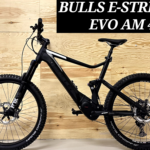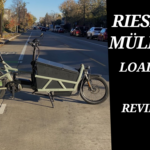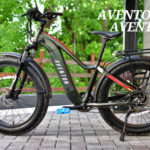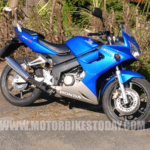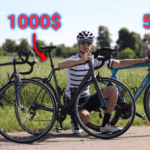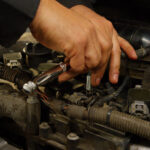Riding a motorbike can be exciting and satisfying, but it demands attention to detail, practice, and safety considerations. no matter if you’re new to motorbikes or need a refresher, we will guide you into the procedures necessary to get on the road with confidence.

1. Gear Up: Safety First
Before hopping on a motorcycle, the most important thing is to have the right gear. Wearing proper safety gear reduces the risk of injury in case of accidents.
Essential Safety Gear:
- Helmet: Always wear a DOT-approved helmet to protect your head from severe injury.
- Jacket: Invest in a durable, padded motorcycle jacket for protection against abrasions and impact.
- Gloves: Gloves improve your grip and provide hand protection.
- Boots: Sturdy boots that cover your ankles give better protection and support.
- Pants: Opt for heavy-duty or reinforced riding pants, or denim with knee protection.
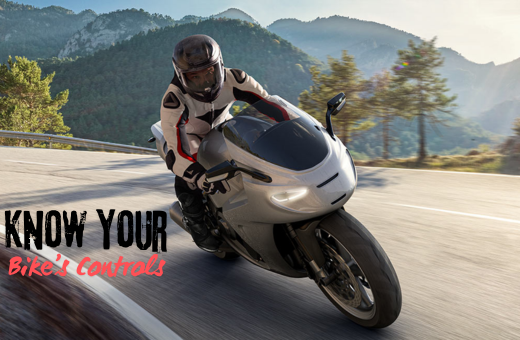
2. Know Your Bike’s Controls
Before you start riding, familiarize yourself with the motorcycle’s basic controls. This will make it easier to handle the bike and reduce any nervousness while riding.
Basic Motorcycle Controls:
- Throttle: Located on the right handlebar, the throttle controls the engine’s power and the bike’s speed.
- Clutch Lever: The clutch lever, found on the left handlebar, helps engage or disengage the engine from the rear wheel.
- Brakes: The front brake lever is on the right handlebar, while the rear brake is controlled by a foot pedal on the right side.
- Gear Shift Lever: Found near your left foot, this controls shifting gears up and down.
- Foot Pegs: Rest your feet here while riding to maintain balance and control.

3. Starting the Motorcycle
To begin your journey, follow these steps to start your motorcycle properly.
Steps to Start the Motorcycle:
- Mount the Bike: Approach from the left side and swing your leg over the bike, sitting firmly on the seat.
- Turn the Key: Insert the key into the ignition and turn it to the “on” position.
- Engage the Clutch: Pull the clutch lever in fully with your left hand to disengage the engine from the wheels.
- Start the Engine: Push the starter button (usually located on the right handlebar) to start the engine.
- Shift into Gear: While holding the clutch, push the gear shift lever down to engage first gear.

4. How to Accelerate and Shift Gears
With the bike running and in gear, it’s time to start moving. Accelerating and shifting gears requires coordination between the throttle, clutch, and gear shift lever.
Steps to Accelerate:
- Release the Clutch Slowly: While gently rolling on the throttle, slowly release the clutch to engage the engine with the wheels.
- Roll on the Throttle: As the clutch is fully engaged, twist the throttle to increase speed.
- Shift Up: When you’re ready to shift into a higher gear, pull the clutch lever in, release the throttle, and lift the gear shift lever with your foot to shift up. Release the clutch and roll on the throttle again.

5. How to Brake
Braking on a motorcycle involves using both the front and rear brakes together to maintain control and slow down safely.
Steps to Brake Properly:
- Use Both Brakes: Apply the front brake by gently squeezing the lever on the right handlebar. Use your right foot to press down on the rear brake pedal.
- Gradually Apply Pressure: Start braking gently and gradually increase pressure to avoid skidding.
- Downshift: As you slow down, pull in the clutch and shift down through the gears to prepare for stopping.
- Come to a Stop: As you reach your stopping point, press down harder on the rear brake while keeping pressure on the front brake.
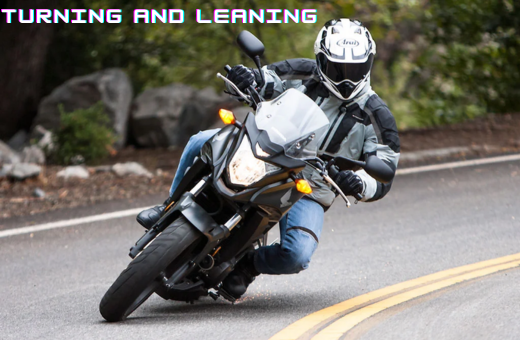
6. Turning and Leaning
Turning a motorcycle requires a combination of handlebar input and body leaning. The faster you go, the more you’ll need to lean into the turn.
Steps for Safe Turning:
- Slow Down: Before entering the turn, reduce your speed by applying the brakes gently.
- Look Where You Want to Go: Always look in the direction of your turn. Your motorcycle will follow your line of sight.
- Lean with the Bike: Shift your body weight slightly into the turn while pushing the handlebars gently in the opposite direction. For instance, when turning right, push the right handlebar and lean to the right.
- Accelerate Out of the Turn: As you exit the turn, gradually increase the throttle to maintain control.
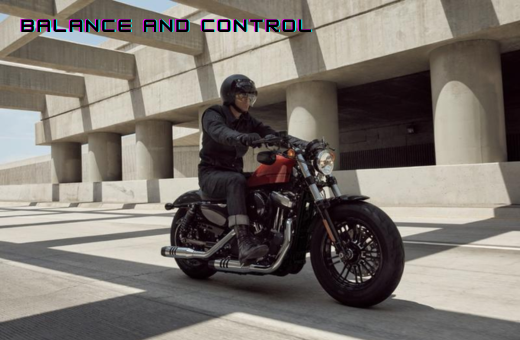
7. Balance and Control
Maintaining balance on a motorcycle, especially at lower speeds, is crucial for a safe ride. Always keep your feet on the foot pegs when riding, and use them to help stabilize the bike when stopping.
Tips for Maintaining Balance:
- Sit Upright: Keep your back straight and arms relaxed for better balance.
- Feet on the Pegs: Keep your feet firmly on the pegs to stay in control of the bike.
- Shift Body Weight: Adjust your body weight slightly when navigating turns or obstacles.
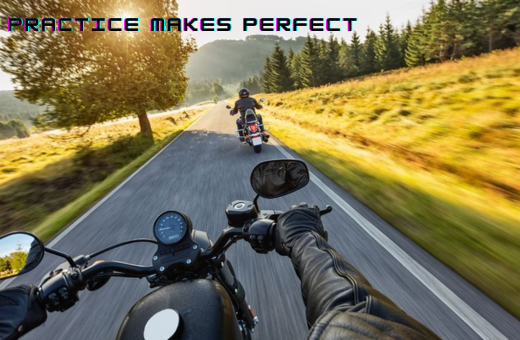
8. Practice Makes Perfect
Riding a motorcycle takes practice, so don’t rush the learning process. Begin by riding in safe, controlled environments like empty parking lots or quiet streets before moving on to busier roads.
Skills to Practice:
- Starting and Stopping Smoothly
- Turning in Tight Spaces
- Shifting Gears Seamlessly
- Using Brakes Properly
FAQ Section
1. How long does it take to learn how to ride a motorcycle?
Learning to ride a motorcycle can take anywhere from a few days to a few weeks, depending on how much time you dedicate. Taking a motorcycle safety course is a great way to fast-track your learning process.
2. Do I need a special license to ride a motorcycle?
Yes, in the U.S., you need a motorcycle license or endorsement on your driver’s license. Requirements vary by state, so be sure to check your local DMV.
3. Is it hard to balance on a motorcycle?
At lower speeds, balancing can be tricky, but once you’re moving, balance becomes easier due to the gyroscopic effect of the wheels.
4. What should I do if I feel nervous while riding?
Start slow and practice in an empty parking lot or a low-traffic area. Confidence will build with time, so focus on mastering the basics first.
5. Can I ride a motorcycle in the rain?
Yes, you can ride in the rain, but be extra cautious. Wear waterproof gear, reduce your speed, and avoid sharp turns or sudden braking.


